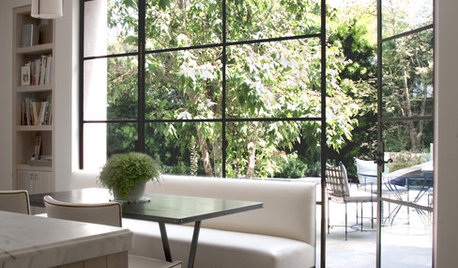Dish detergent as nonionic surfactant?
jdruding
13 years ago
Featured Answer
Sort by:Oldest
Comments (14)
sebastonz
13 years agoarprince
13 years agoRelated Professionals
Reading Landscape Architects & Landscape Designers · Maple Valley Landscape Architects & Landscape Designers · Forest Acres Landscape Architects & Landscape Designers · Matthews Landscape Contractors · Hickory Hills Landscape Contractors · Kailua Landscape Contractors · New Providence Landscape Contractors · Round Lake Landscape Contractors · Snoqualmie Landscape Contractors · South Portland Landscape Contractors · Tacoma Landscape Contractors · Denton Swimming Pool Builders · Glenn Heights Swimming Pool Builders · Pflugerville Swimming Pool Builders · Shady Hills Swimming Pool Buildersformicburn
13 years agofrank1965
13 years agoJames Hinckley
3 years agomorpheuspa (6B/7A, E. PA)
3 years agoJames Hinckley
3 years agomorpheuspa (6B/7A, E. PA)
3 years agoport2015
3 years agodanielj_2009
3 years agoJames Hinckley
3 years agoHU-445658776
2 years agodanielj_2009
2 years ago
Related Stories

HOUSEKEEPINGThe Best Way to Get Your Windows Spotlessly Clean
Learn the pros’ tips and tricks for cleaning windows and getting them streak-free
Full Story
HOUSEKEEPINGDon't Touch Another Stain Before You Read This
Even an innocent swipe with water may cause permanent damage. Here's what to know about how rugs and fabrics react
Full Story
FARM YOUR YARDHow to Build a Raised Bed for Your Veggies and Plants
Whether you’re farming your parking strip or beautifying your backyard, a planting box you make yourself can come in mighty handy
Full Story






botanicalbill